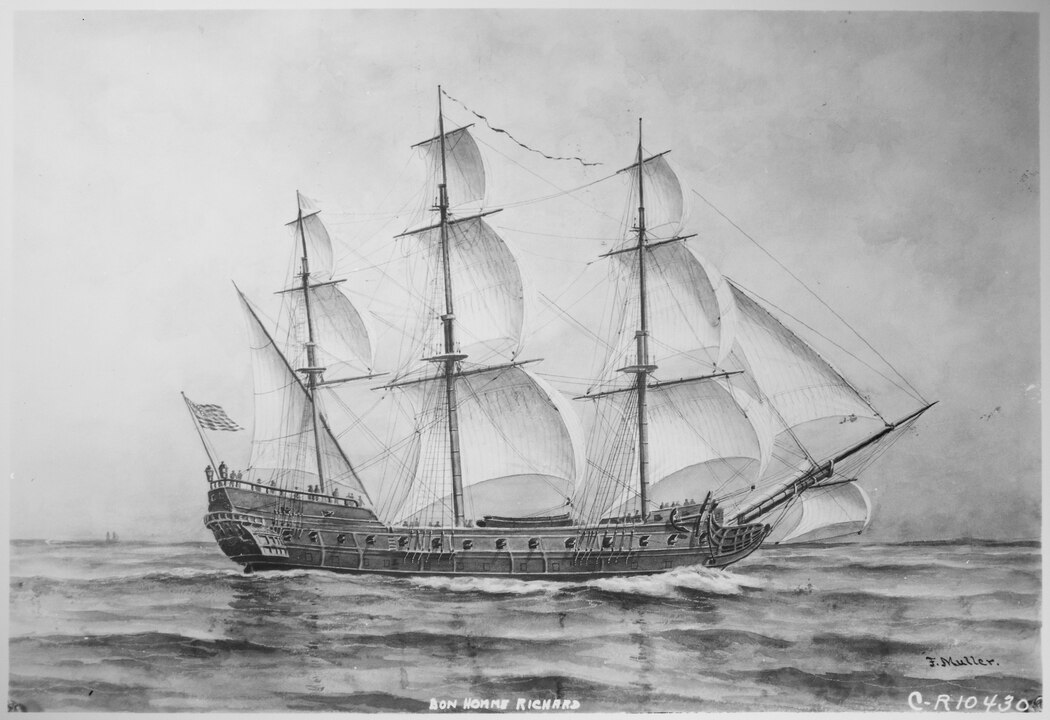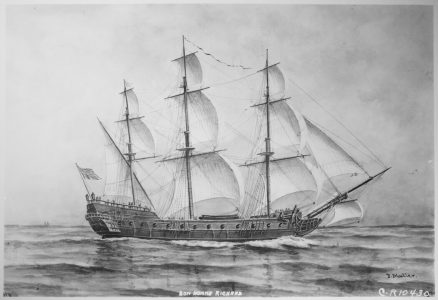
When the most minor character demands attention

It’s not unusual to discover, while writing a non fiction project, that the most minor of characters deserve their own book and more .
This week as part of my own book research I have discovered a forgotten age of fighting sail officer who is likely worth a biography or a novel or even a series of novels.
Cesar Henrique de Figaniere served in four navies, the French, the United States, the Royal Navy and the Portuguese.
He was from Provence and entered the French royal navy as a boy. When the French transferred the Duc de Duras, an Indiaman, to the United States in 1779 he volunteered to join the renamed ship the Bon Home Richard, under the command of John Paul Jones. Jones commissioned Figaniere as a lieutenant at age seventeen. Figaniere later transferred back to the French navy serving in the Revolutionary War under the command of French admiral François Joseph Paul de Grasse. In later operations, in 1782, he was wounded while serving in the French fleet commanded by Pierre André de Suffren which fought against the Royal Navy commanded by Sir Edward Hughes at the indecisive battle of Battle of Trincomalee off what was then Ceylon.
At the start of the French Revolution the new government offered Figaniere command of a frigate stationed at Marseille. After the fall of the monarchy in 1792, Figaniere resigned his commission and travailed to Italy. He then joined Britain’s Royal Navy, serving as a lieutenant for five years.
His prospects for promotion in the Royal Navy were limited by both his Catholic faith and his French origin. When Portugal asked for British officers to transfer to build up that navy, Figaniere was one of the officers chosen. He gained Portuguese citizenship after he married Violante Rosa Morão, the daughter of a prominent judge. He rose through the ranks, first commanding a corvette, then a frigate and finally a ship of the line that accompanied the royal family when it fled to Brazil in 1807. He returned to Portugal after the expulsion of the Royal Family and died in Lisbon in 1830.
One of his sons, Joaquim eventually became Portugal’s resident minister to the United States (head of a legation where there is no embassy). Another son Jorge was noted as one of Portugal’s most imminent 19th century historians and biographers.
Figaniere is not even a minor character in my book project, he is the father of a minor character, his son Joaquim, the diplomat.
With two ongoing nonfiction projects and a speculative fiction novel, as well as the fact that I don’t speak French or Portuguese, this is not a project I could handle. I would love to see someone else take it on.
Sources
Thomas Balch, The French in America during the War of Independence of the United States 1771-1783, trans. Edwin Balch and Elsie Balch, vol. II (Philadelphia: Porter & Coates, 1895)
and Dicionário Bibliografico Portuguez, vol. 4 (Lisboa: Na Imprensa nacional, 1858) online with help from Google translate.

